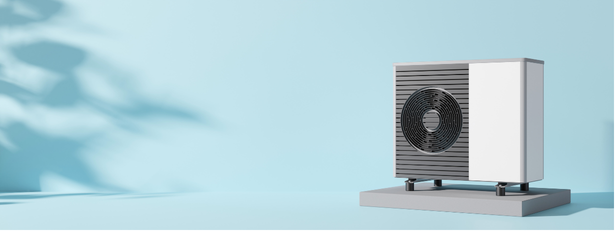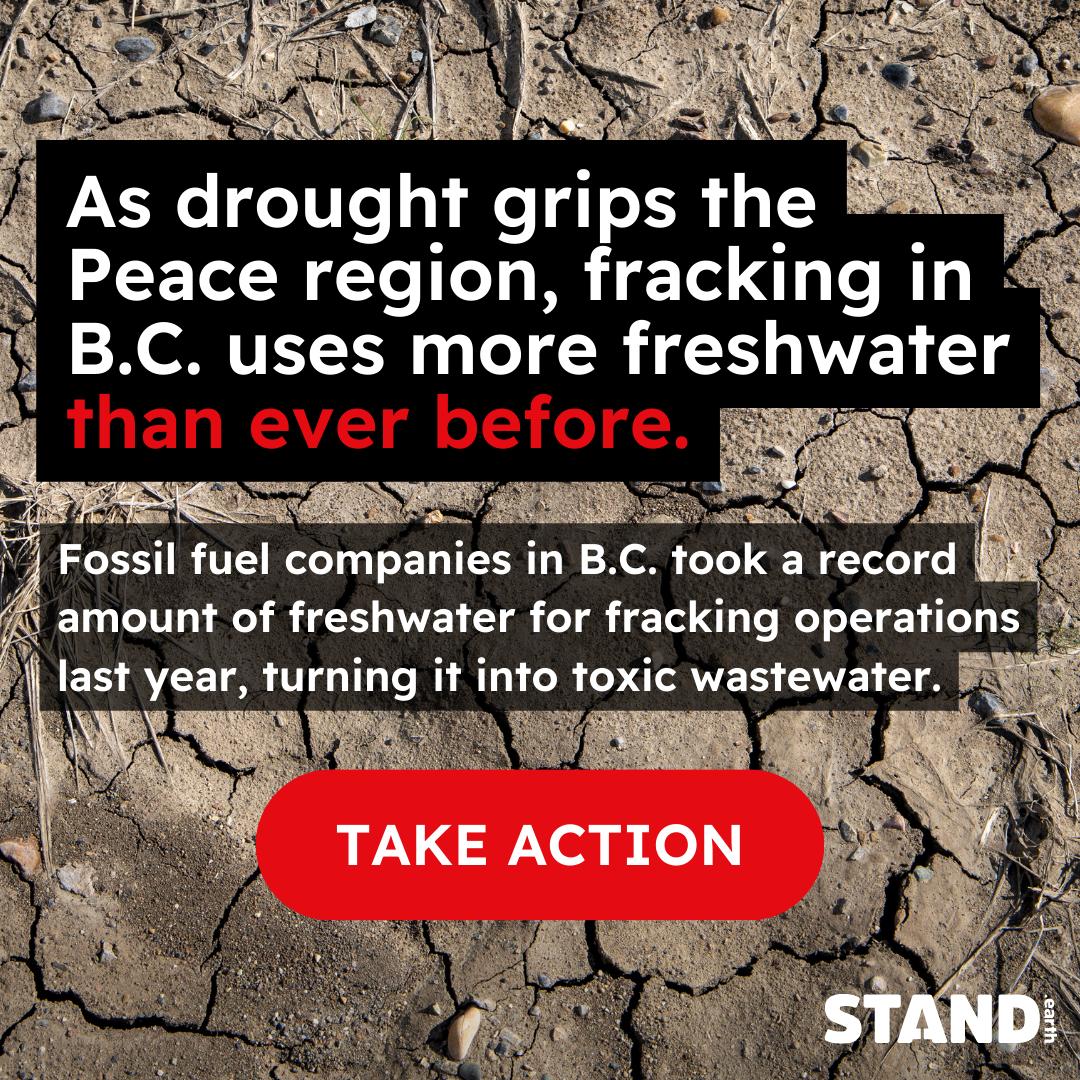- DEN Enews
- Posts
- DEN Enews
DEN Enews
Nineteenth Week after Pentecost


What did your parish do to celebrate the Season of Creation? Here are some glimpses from three parishes.
Congratulations to the Parishes of Aylesford and Berwick. This is from their FB page:
St. Mary's Church is surrounded by a cemetery and beautiful trees. During the Season of Creation Sept. 1 to Oct. 4th people were invited to 'adopt' a tree at St. Mary's. There was no cost or donation .... just interest. People received information of their tree and were invited to walk around their tree, admire the bark, it's leaves/needles, bark, textures and colours. Also, to consider its age, who might have planted it and who lives there and uses it for food and shelter. People were given information about the trees species and to offer a prayer of thanks to God for the tree, it's cleaning and refreshing of the air and its place in our ecosystem.


Shared from the Parish Facebook page
The Church of Saint Andrew in Cole Harbour planted three Eastern White Pines at the Kiwanis Beach & Park at Morris Lake in memory of a parishioner. They also are building the Season logo, hand by hand, with the Hopes & Actions of parishioners for our earth.

Join Season of Creation for the closing prayer service
As we move through the last week of the Season of Creation, we would like to invite you to join us for the closing prayer service, celebrating the Feast of St. Francis of Assisi. This beautiful prayer will be led by young people who are part of the Season of Creation committee. Join us in this moment of reflection and praise, guided by the leaders of the future!
When? Next Friday, October 4th
At what time? At 6:00 Los Angeles, 9:00 New York City, 14:00 London, 16:00 Nairobi, 21:00 Manila.
How to join? https://www.youtube.com/watch?v=vRHWHTOFdow






with thanks to Eva Evans & Jesse Hamilton
Pollution caused by Alaska’s cruise ship industry threatens the health of our communities and the food chains that coastal species — like critically endangered orcas — rely upon. Mega-Cruise ships are able to dump industrial amounts of waste directly into the ocean due to Canada's lax rules.
By signing this petition, you’re calling on the Canadian government to strengthen laws on cruise ship pollution, ban the use of scrubbers that release toxic wastewater, establish no-discharge zones in Marine Protected Areas, and ensure proper monitoring and compliance with environmental regulations
Extreme heat, wildfires, and floods are hurting Canadians, while the fossil fuel corporations that created the climate crisis rake in record profits. Climate disasters take lives, harm communities, and cost us billions each year. It’s time to make polluters pay up. That means immediate relief and direct support for communities affected by climate disasters, along with decisive action to get at the root cause of wildfires and extreme heat by speeding up the transition to renewable energy.
Hamilton City Council is developing “Green Development Standards” which can set pollution limits for new buildings. If the council gets this right, they can ensure new buildings in Hamilton don’t run on “natural” gas, a fossil fuel. With Hamilton planning to build nearly 50,000 new homes by 2031, this would prevent a big increase in the city’s emissions. There is a clean and energy efficient alternative to gas furnaces that can do everything gas heaters can, and more! Not only are electric heat pumps way less polluting, they decrease monthly energy bills, guarantee proper air conditioning in the summer (since they double as cooling devices), and make air filtration part of the home infrastructure.
While the Peace region experienced severe drought conditions, the B.C. government allowed the fracking industry to pollute more freshwater than ever before. As shown in Stand Earth's report, oil and gas companies took a record 6 billion litres of freshwater for fracking last year –an increase of 16% since 2022,and enough to supply every B.C. household for a week. The freshwater that fracking operations use and turn into toxic wastewater can’t be used again – it’s gone forever from the water cycle. That’s why we need to call on the B.C. government to reduce the amount of water that fracking companies takeby making some common-sense changes to the way they regulate the oil and gas industry.

with thanks to Claudia Zinck
Green Story - Community Gardens
While listening to the news Saturday night, Northern Nova Scotia had another frost warning. “I am so glad all the tomatoes are in” I mentioned to Nana.
Then the community garden came to mind. This was the worst year for my plot at the community gardens. My illness made planting late. Wild cucumber took over an entire end of my bed, suffocating half of what I grew. Things went downhill from there. I had cleaned it up and replanted, including my last 4 tomato plants. Humm, I wonder?
Pulling into the community centre after service on Sunday, I discovered an abundance of tomatoes. Small yellow ones for quick snacks, Romas slowly turning red and enough green to make so much more. Wow! Just that easy I felt rich. Here was enough food for eating immediately and I could see the salsa and mincemeat bottles lining up on a shelf.
All that abundance and joy came from a 4 x 8-foot community garden box.
Food abundance makes the world feel better. My friend Mary had opened her box to the public after growing cucumbers to make pickles for the community centre suppers. Like so many others, I grabbed a “second crop” cuke to make a salad.
Working outdoors in gardens is known to have a calming effect. Whenever I get upset or just overwhelmed with something, my garden benefits. Weeds can be thrown with great force into the composter without any fault. I am sure to see a plant that needs to be attached to a trellis. Maybe that pepper needs a cage. Before you know it, whatever upset me is farther away.
Every plant grown takes about 10 grams of carbon out of the environment. That isn’t a big amount but just watch it grow.
When Grandma was asked to start community gardens we didn’t have a single box. With grants from our municipality, we acquired three boxes. Three people were willing to grow in them. We now have 5 garden boxes and a butterfly pathway box of native grasses and flowers. So, if one garden has maybe 50 plants (beans, peas, tomatoes, zucchini, potatoes) and you grow five gardens, how many grams of carbon have been taken from the environment? There is your homework for the day.
Gardens can be an economic resource. My latest gardening guru says, “Plant sunflowers and zinnias to sell at Farmer’s markets.” Having grown my first (solo) zinnia that hasn’t stopped putting out new flowers for two months, I can see why.
You can meet new people at community gardens. Bragging rights are earned as the season continues. Many a community event contains garden news.
The best part of a community garden is the educational success stories. Gardeners pass knowledge of what worked for them. We have the story of our single Mom who started a garden box. She tended her garden when she brought her children to the playground. The next year she had a garden box at home that grew into a bigger garden. This turned into learning to preserve food with seniors donating their bottles the first year.
Churches are great places to have community gardens, especially around a parking lot. Make the waist-high gardens on stilts, save a lot on lumber and allow wheelchairs and walkers to get close. Fill the bottom of the box with cardboard, egg cartons, coffee trays and newspaper. Six to eight inches of soil is enough to grow most veggies. Start small and add a box or two a year. Then maybe, just maybe, you will get busy and not visit the gardens for 2-3 weeks and find a treasure waiting for you. Happy Gardening.
Tin Can Drum Set
This project usually will take a bit of time. My new book from the library is titled “Earth Friendly Crafts for Kids” by Heather Smith and Joe Rhayigan. The project that took my interest was a tin can drum. They call it a Xylophone, but it works the same; it makes noise
Grandma just HAD to make one.
I just happened to have a few tin cans painted up. They were going to be another mobile or deer chaser but time just didn’t allow completion. (hence the holes in the top). The ketchup tin in the middle was saved for the day I put on a rocket stove workshop.
Using elastic bands you attach smaller tins around the larger one. Once lined up the way you want them, you could duct tape the circle of tins to make them sturdier. Find 2 pencils with erasers to use as drumsticks and go make a joyful noise.

Something to Eat
Remember the tomatoes? Most were green but the first pickings in my yard were turning red. I never made salsa before, so I went to the experts to learn.
If you don’t have enough tomatoes for the recipe, use a tin of store-bought diced tomatoes. Homemade salsa turns out much runnier than the store-bought type even after thickening it so feel free to strain off some juice.
My favourite advice is that homemade salsa works great when added to other chilli or spaghetti sauce ingredients. You can’t fail! Don’t fuss with this, use a slow cooker.
So early one morning I threw everything in a pot and let it cook till after supper. I bottled and labelled my 8 little bottles, feeling rather smug to have something from my garden for winter. It made a decent runny salsa.
Grandma’s Salsa
6 cups diced tomatoes
2 ½ cups green peppers (or any colour pepper)
2 ½ cups onions
½ cup vinegar
Salt
1 envelope of hot and spicy taco seasoning (or add a half cup of fresh cilantro and a tsp. of cumin).
Throw in a slow cooker on low for 8 hours, high for 4-5 hours or boil in a pot for about 20 minutes. Add flour or cornstarch for thickening. I bottled mine and then gave them a hot water bath for 20 minutes. That one tall bottle in the back is plastic, to store in the freezer till needed.


We give thanks for every forest advocate who planted themselves in vulnerable areas to prevent aerial spraying. The spraying season is over for another year and these forests are free to grow as diverse as nature needs them to be. We thank you for your perseverance.







